A solar power water pump sounds very exciting indeed. It is the same as a regular water pump except that it has almost zero power consumption cost because it runs on free and renewable energy sources. Using a solar power pump has a lot of advantages, such as it is a green and environment-friendly solution for generating power. It is very cost-effective, and it is portable. Also, it makes you independent of any paid energy resource and is very easy to install.
Solar power water pumps work for irrigation, bird baths, livestock, and off-grid applications. It is interesting to know that there are different solar power water pumps options, such as fully submersible water pumps that can be used for ponds and wells. Then there are the groundwater pumps that may be used for fountains and livestock.
What is Solar Power Water Pump
A solar-powered water pump is a water-pumping machine running on solar energy. As fuel prices soar, these low-cost energy sources are an alternative to electric and oil-water pumps. It is a great solution for the areas where you need an electricity connection. And even if you have a connection, you may want to try solar power water pumps because of their low cost of running. It gives a viable solution to people in these times of very high fuel costs.
Solar power water pumps have different types.
- The submersible pump is a solar system to draw water from boreholes or deep wells.
- The circulator pump circulates water to keep it warm and ensure a continuous water supply.
- The booster pump moves water from the storage tank to other facility parts.
How Does A Solar Power Water Pump Work
A solar power pump has three main parts, i.e., solar panels, a controller, and a pump. The solar photovoltaic (PV) system's size depends on the pump's size, the amount of water to be pumped, and the solar irradiance.
The solar-powered water pump has a very simple working principle based on the photovoltaic concept.
- When sunlight falls on the solar panel’s surface, these panels absorb the solar energy. This absorbed radiant energy is then converted to electricity.
- However, this electricity is in the Direct Current(DC) mode that will not run the AC water pumps. So, here you need a solar pump controller that converts the DC electricity to AC.
- The solar water pumps also use inverters to regulate the voltage output to help the system run smoothly and efficiently.
- The pump uses AC power to draw water and circulates it through the pipes.
- If you want your solar power water pumpto work at night or when you do not get enough sunlight, you also need a generator for your system.
Solar Power Water Pump VS. Solar Generator for Water Pump
You have two choices when using solar energy for your water-pumping system. Either use a solar power water pump or use a solar generator for the water pump. Though you may think there is little difference at face value, there are some nitty gritty details that you need to know.
A solar power water pump is a complete system including a water pump, solar panels, and a controller. On the other hand, a solar generator for a water pump takes your regular AC-powered water pump and powers it up using a separate solar generator. Below diagram shows how a solar generator works.

The following table summarizes the pros and cons of both systems.
|
Types |
Pros |
Cons |
|
Solar power water pump |
Environment friendly |
High cost of purchasing the system. |
|
Zero fuel cost |
All the equipment can be used for one system only. |
|
|
Easy to install |
Does not work at night. |
|
|
Low cost of running |
Does not work on cloudy days or low-light weather. |
|
|
Solar Generator for Water Pump |
Your existing water pump will work in this system. |
Initial setup cost. |
|
You can use the generator to power up other appliances too. |
It would be best to charge your solar generator to work at night. |
|
|
The water pump and solar generator are independent of each other. |
|
|
|
It works even at night or on low-light days with charging. |
||
|
Environment friendly |
||
|
No noise |
How Many Running & Starting Watts Does A Water Pump Use
When you want to estimate the capacity of your required solar water pump or solar generator, there are two numbers you need to know. One is running watts, and the other is starting watts. So what do they mean?
Running, or rated watts is the continuous supply of watts needed to keep your device running. Starting watts, on the other hand, are extra watts required for two to three seconds to start motor-driven appliances, e.g. a refrigerator or circular saw. This is the maximum wattage a generator can produce.
Running watts: Running watts are also called rated watts. These are the continuous watts needed to keep your solar water pump running.
Starting watts: Starting watts are extra or the highest required watts needed for two to three seconds to start your water pump.
|
Water Pump |
Running Watts |
Starting Watts |
|
1/3 HP |
750 |
1500-3000 |
|
1/2 HP |
900 |
2000-4000 |
|
3/4 HP |
1500 |
3000-4500 |
|
1 HP |
2000 |
4000-6000 |
|
1 1./2 HP |
2500 |
5000-7500 |
|
2 HP |
3750 |
7500-11250 |
|
3 HP |
5000 |
10000-15000 |
|
5 HP |
7500 |
15000-22500 |
|
7 1/2 HP |
10000 |
20000-30000 |
|
10 HP |
15000 |
30000-35000 |
How Much Power Does A Water Pump Need
The power required for a water pump depends on the pump size and the gallon-per-hour capacity. Generally, we can classify the water pumps into the following sizes and capacities.
- A small pump is used for small water pumping requirements, like around 160 gallons per hour.
- The medium-sized pump is suitable for ponds and wells that need around 360+ gallons per hour of pumping.
- Large Pumps are used for fountains and waterfalls that yield around 900+ gallons per hour of pumping.
A solar water pump generally requires 250 watts to 1500 watts, depending on its size and yield in gallons per hour.
|
Solar water pump |
Running watts |
Starting watts |
|
0.3 horsepower |
60 watts |
4 x running watts = 240 watts approx |
|
0,4 horsepower |
75 watts |
300 |
|
0.5 horsepower |
100 watts |
400 |
|
0.7 horsepower |
125 watts |
500 |
|
One horsepower |
185 watts |
740 |
|
1.3 watts |
250 watts |
1000 |
Can A Solar Generator Run A Water Pump
The simple answer is yes. It depends on many factors, including the number and output of your solar panels, the efficiency and smooth functionality of the inverter, the size of the water pump, etc. If you are using a reliable and big enough generator, then it can run your water pump.
We recommend using Jackery solar generator series for your water pump. This recommendation is based on the variety of solar generator solutions that Jackery offers. These generators are efficient, portable, noise-free, and well-built to smooth the functionality of your water pump. They offer different sizes of solar generators and solar panels so that you can make your bundle based on your requirements.
Best for Small 120V Water Pumps: Jackery Explorer 1000 Plus Portable Power Station
If you have small water pumps that require 120V to operate, you can consider the Jackery Explorer 1000 Plus Portable Power Station. It has a foldable handle and compact design, so you can move the power station to outdoor locations where water pumps are required. Three add-on battery packs can expand the portable power station from 1.2kWh to 5kWh based on power needs.
Customer Review
"The Jackery 1000 Plus is just the right size with enough power for anything we need. It is wonderful when we are using our camper off the grid and don't want the noise of our generator to bother other campers. We highly recommend this Jackery product." — Stuart Fargiano.
Best for Large 240V Water Pumps: Jackery Explorer 2000 Plus Double Kit
The Jackery Explorer 2000 Plus Double Kit makes it easy to charge water pumps operating at 240V. It combines two Jackery Explorer 2000 Plus Portable Power Stations in parallel using a parallel connector to achieve 240V. Since it is expandable to 6000W, you can power 99% of your appliances, including water pumps of different sizes.
Customer Review
"I bought 2 of these units and connected them with the Jackery cord that allows for 240v. Connected them to a transfer switch. I can power my well and fridge with this system in case we have a power outage. Jackery support with this system has been excellent!" — Paddy Hiker.
Best for All Water Pumps: Jackery Explorer 5000 Plus Portable Power Station
The Jackery Explorer 5000 Plus Portable Power Station is one of the most trusted and reliable battery backups that can charge water pumps of all sizes. The 120V/240V dual voltage support ensures compatibility to support water pumps that work on 120V or 240V. Its capacity can be expanded to 60kWh, which offers reliable home backup power lasting up to two weeks.
Customer Review
"I have been using Jackery for some time now. It's been a blessing to have during the hurricanes in Florida. Looking forward to having the new addition of the Jackery 5000 for my whole house backup. Thank you, Jackery." — Kathi Stafford.
What Size of Solar Generator to Run A Water Pump
The size of the solar generator required to run a water pump depends on the pump's wattage and the generator's size.
Finding out the working hours of the Jackery Solar Generator is hassle-free. Simply visit the Jackery Solar Generator's product page, scroll to the Running Time Simulator/Calculator, and input the wattage of the device you wish to power. The tool will provide an estimated runtime. For instance, the Jackery Solar Generator 5000 Plus can power a 250W camera for about 16.1 hours. Please note that these calculations are approximations and might differ slightly from real usage.
To increase the working hours of the water pump using the solar generator, we can use solar panels to get renewable power to continue supporting the appliances when the portable power station is running out of capacity. It is important to note that Jackery solar panels and solar generators support pass-through charging, so you can recharge the generator and continue powering up the water panel simultaneously.
|
Series |
Capacity |
Ports |
Water Pump Watts |
Hours |
|
Jackery Solar Generator 5000 Plus |
5040Wh
|
AC Output: (NEMA L14-30R/14-50) 120V/240V~60Hz, 30A, 7200W Max AC Output(x4): 120V, 20A, 2400W USB-A Output(x2): 18W Max, 5-6V⎓3A, 6-9V⎓2A, 9-12V⎓1.5A USB-C Output(x2): 100W Max, 5V⎓3A, 9V⎓3A, 12V⎓3A, 15V⎓3A, 20V⎓5A Cigarette Lighter Port: 12V⎓10A
|
60 watts |
67.2H |
|
75 watts |
53.7H |
|||
|
100 watts |
40.3H |
|||
|
125 watts |
32.2H |
|||
|
185 watts |
21.7H |
|||
|
250 watts |
16.1H |
|||
|
Jackery Explorer 2000 Plus Double Kit
|
4085.6Wh
|
AC Output(×4):120V~ 60Hz, 20A Max, AC Output(×1):120V~ 60Hz, 25A Max USB-A Output(x2): Quick Charge 3.0, 18W Max USB-C Output(x2): 100W Max, (5V, 9V, 12V, 15V, 20V up to 5A) Car Port(x1): 12V⎓10A Charge mode AC input: 120V, 60Hz, 15A Max Bypass mode AC input/output: 120V, 60Hz, 12A Max DC Input: 11V-17.5V, 8A Max, Double to 8A Max 17.5V-60V, 12A Max, Double to 24A/1400W Max |
60 watts |
54.4H |
|
75 watts |
43.5H |
|||
|
100 watts |
32.6H |
|||
|
125 watts |
26.1H |
|||
|
185 watts |
17.6H |
|||
|
250 watts |
13.0H |
|||
|
Jackery Solar Generator 1000 Plus
|
1264Wh
|
AC Output(x3): 120V~60Hz, 2000W (4000W Peak) USB-A Output(x2): 18W Max, 5-5V⎓3A USB-C Output(x2): 100W Max, (5V, 9V, 12V, 15V, 20V up to 5A) Car Port(x1): 12V⎓10A AC Input: 100V-120V, 60Hz, 15A Max Charge mode AC input: 100V-120V, 60Hz, 15A Max Bypass mode AC input/output: 100V-120V, 60Hz, 15A Max DC Input: 12-60V, 8A ⎓ 11A Max, Double to 22A/800W Max |
60 watts |
16.8H |
|
75 watts |
13.4H |
|||
|
100 watts |
10.1H |
|||
|
125 watts |
8.0H |
|||
|
185 watts |
5.4H |
|||
|
250 watts |
4.0H |
Note: All the working hours calculated in the table are just for reference and may vary from actual runtime.
Solar Power Water Pump FAQs
1. How many solar panels do I need to run a water pump?
It depends on the size of your water pump. A 1 horsepower water pump generally uses 1200 watts of power for running. Hence you need 12x100 watts solar panels to run this water pump. Similarly, a half-horsepower water pump needs 6 x100 watts solar panels.
2. How can I design my solar power water pump?
Designing your solar power pump requires gathering some basic information and then researching the required equipment for your water pump. Let us summarize the process.
- You need to determine what your critical water supply needs. Domestic water needs and irrigation needs are very different.
- Calculate your pumping head.
- Estimate the required solar resource.
- Find an appropriate solar pump and a DC to AC inverter.
- Calculate the requirement for PV panels.
3. How much does it cost to run a water pump?
Generally, one horsepower costs between $0.10 and $. 20 per hour to run. It means if you have a five-horsepower water pump that you run for 5 hours a day, you will pay up to $5 per day. It makes it around $150 a month.
This is a big expense, and it adds up because you need a monthly water supply. The best solution is to invest in a solar power water pump. Though it is a large investment for setup, after that, there is zero fuel cost and very less maintenance cost.
4. Is it worth it to run a water pump with a solar generator?
A water pump with a solar generator is a win-win situation. You have a water pump that you can run on AC power and also with a solar generator. The solar generator can be used to power up other appliances as well. For example, if you have a Jackery Solar Generator 2000 Plus, you can use it for running AC, refrigerator, hot plate, coffee maker, and much more.
Additionally, using their solar panels, you can charge your generator at zero cost. So, in the long run, you can see how the initial setup cost is covered easily, and you start saving.
Final Thoughts
Solar power water pumps and solar generators for water pumps are very useful, efficient, and cost-effective pumps you can use to maintain your water supply for both irrigation and domestic use. You can use these even in remote areas where you do not have an electricity connection. Jackery offers a range of solar generators with different capacities and solar panels. These generators are portable, noise-less, and efficient, making their operation smooth and fluctuation-proof.
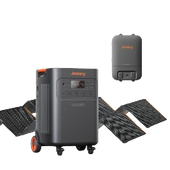
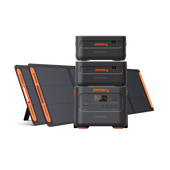
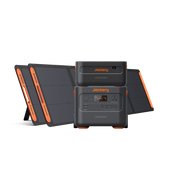
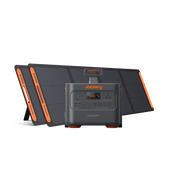

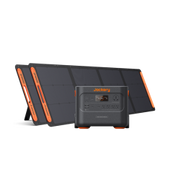
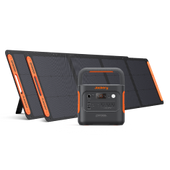

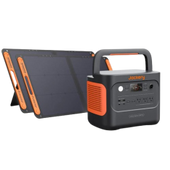
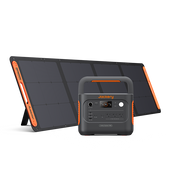
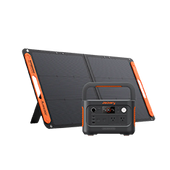

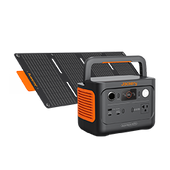
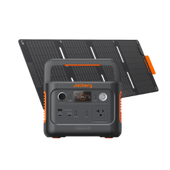
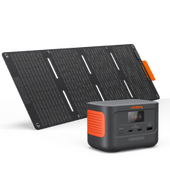
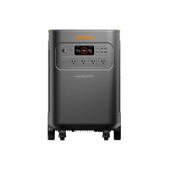

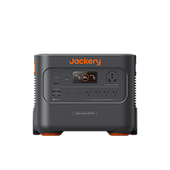
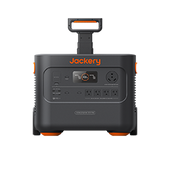
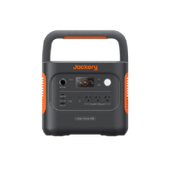
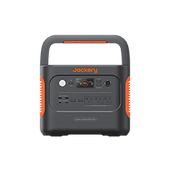
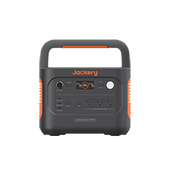
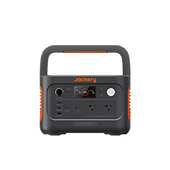
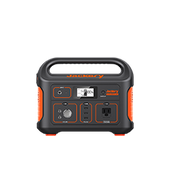
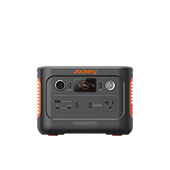

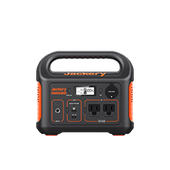
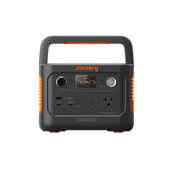
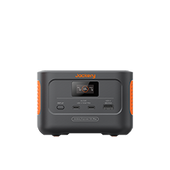



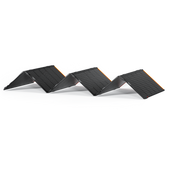
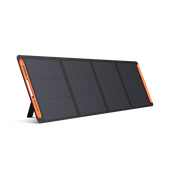
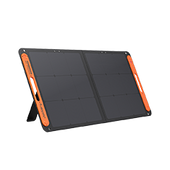
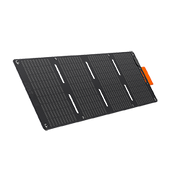
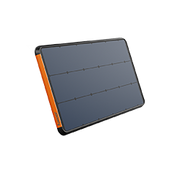
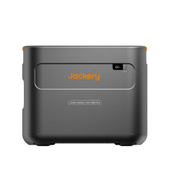
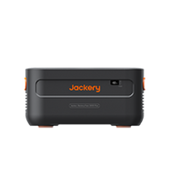
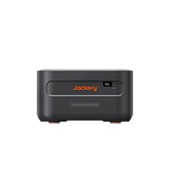

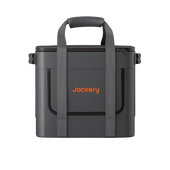

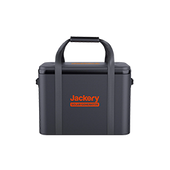
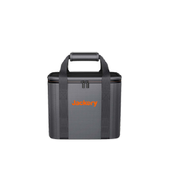
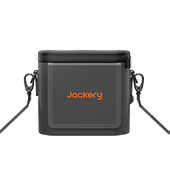
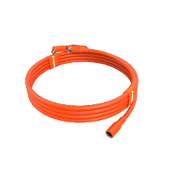

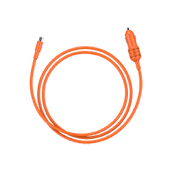

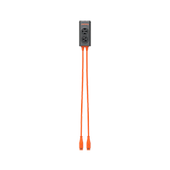
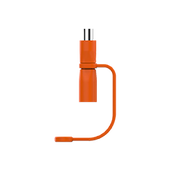
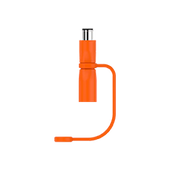
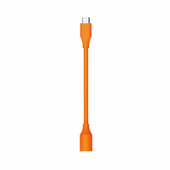
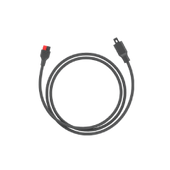
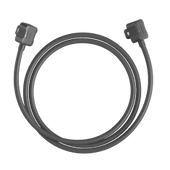
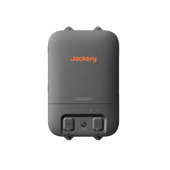
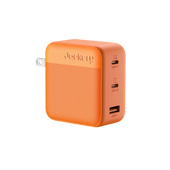

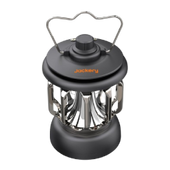


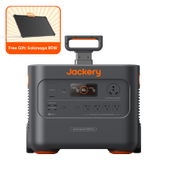
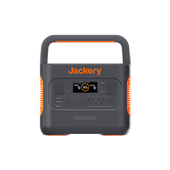
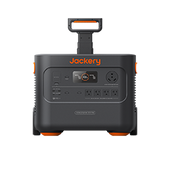
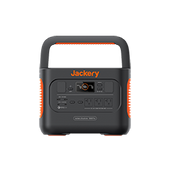
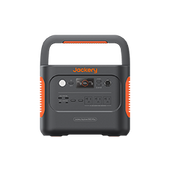
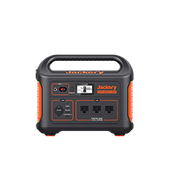
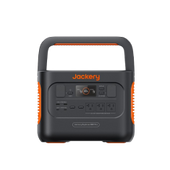
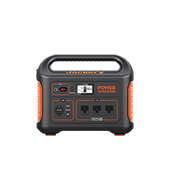
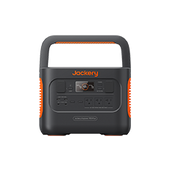
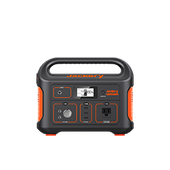
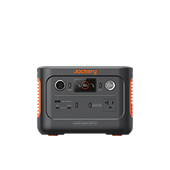
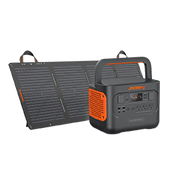
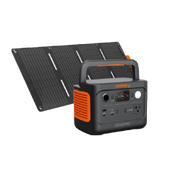
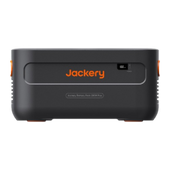
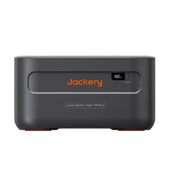


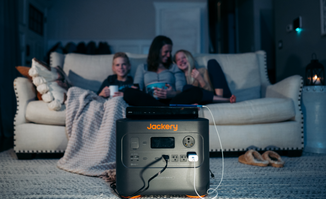

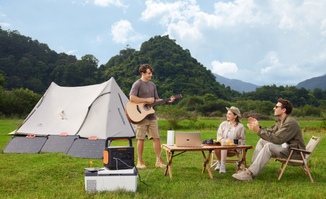
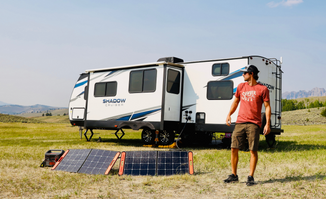

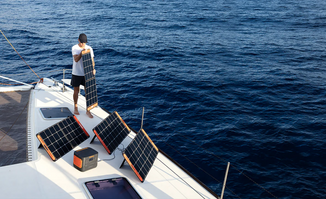
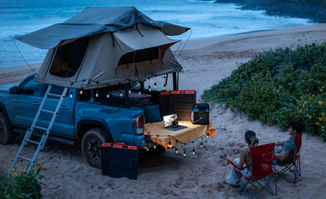
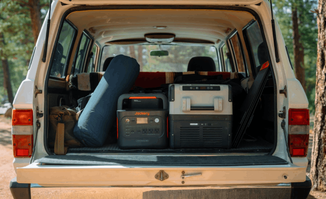




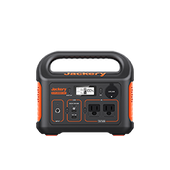

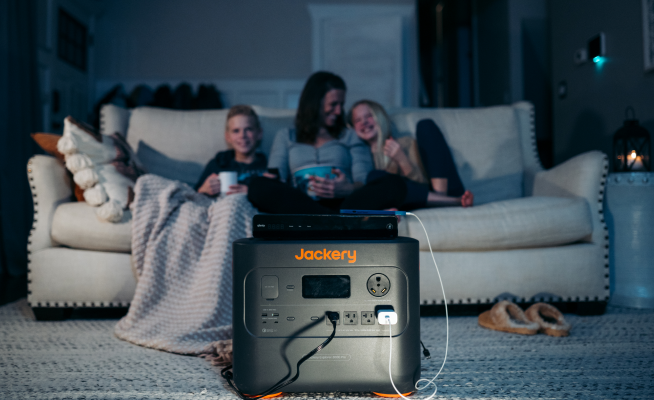

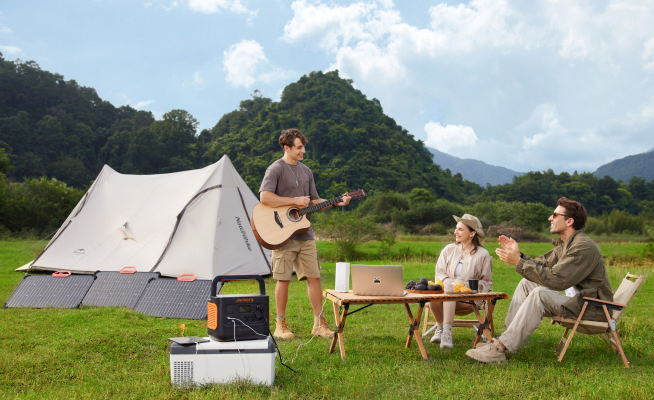
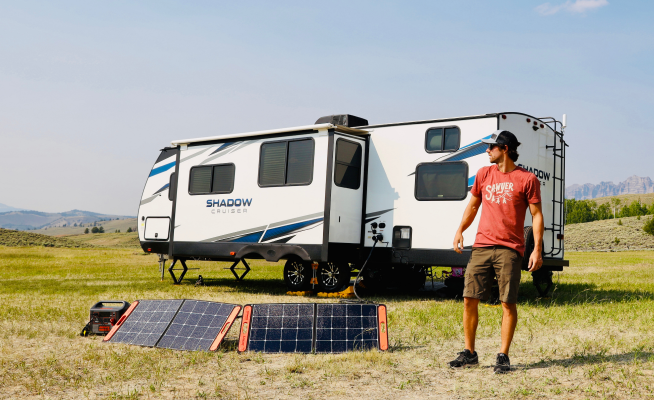

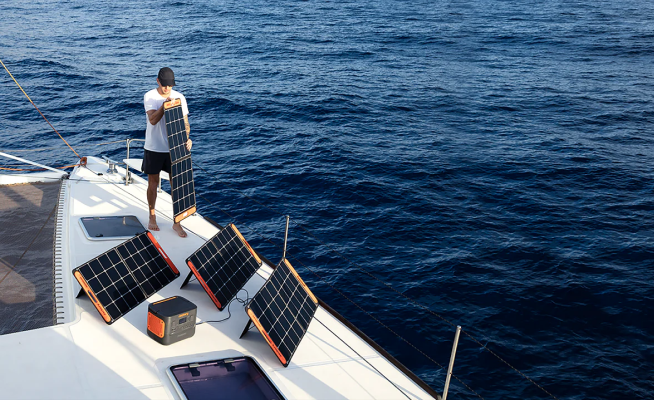
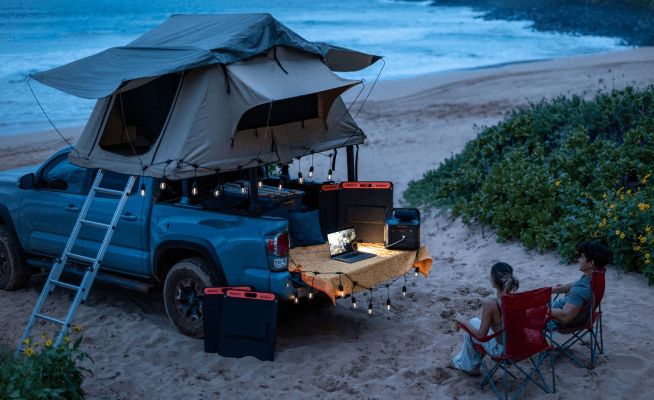
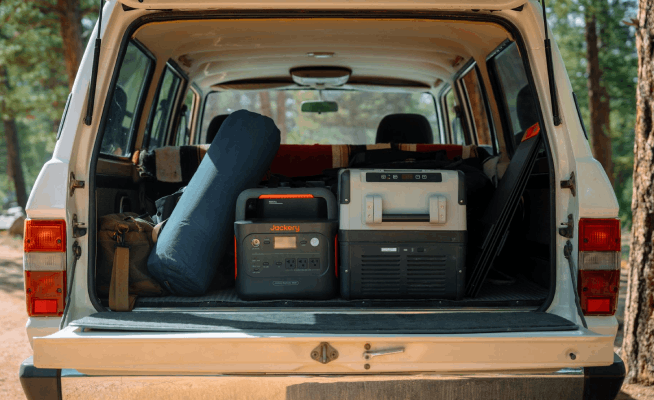

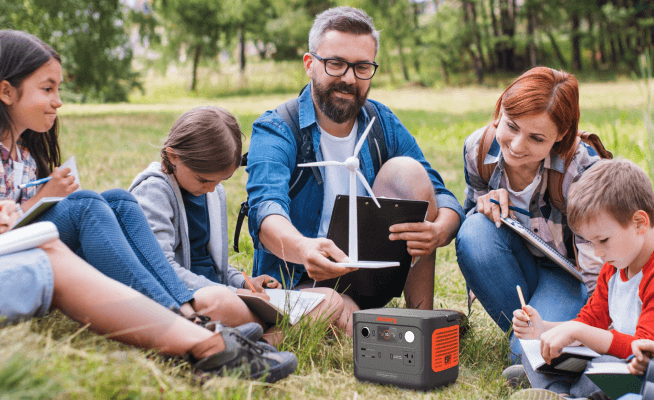











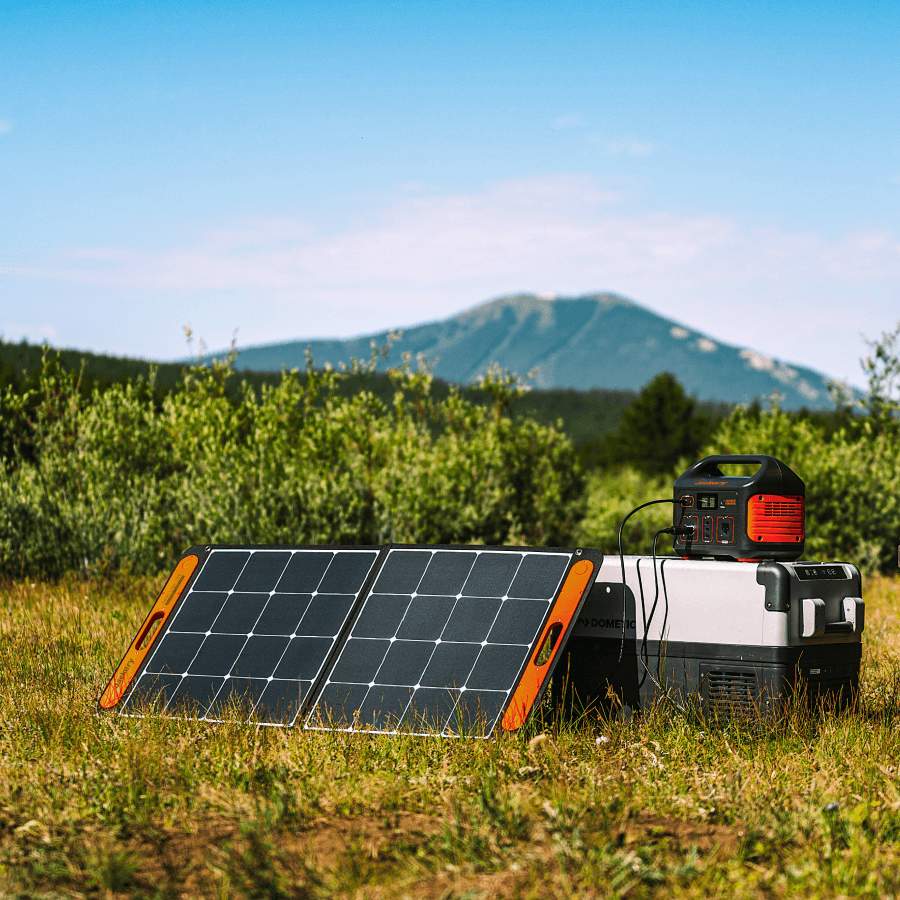
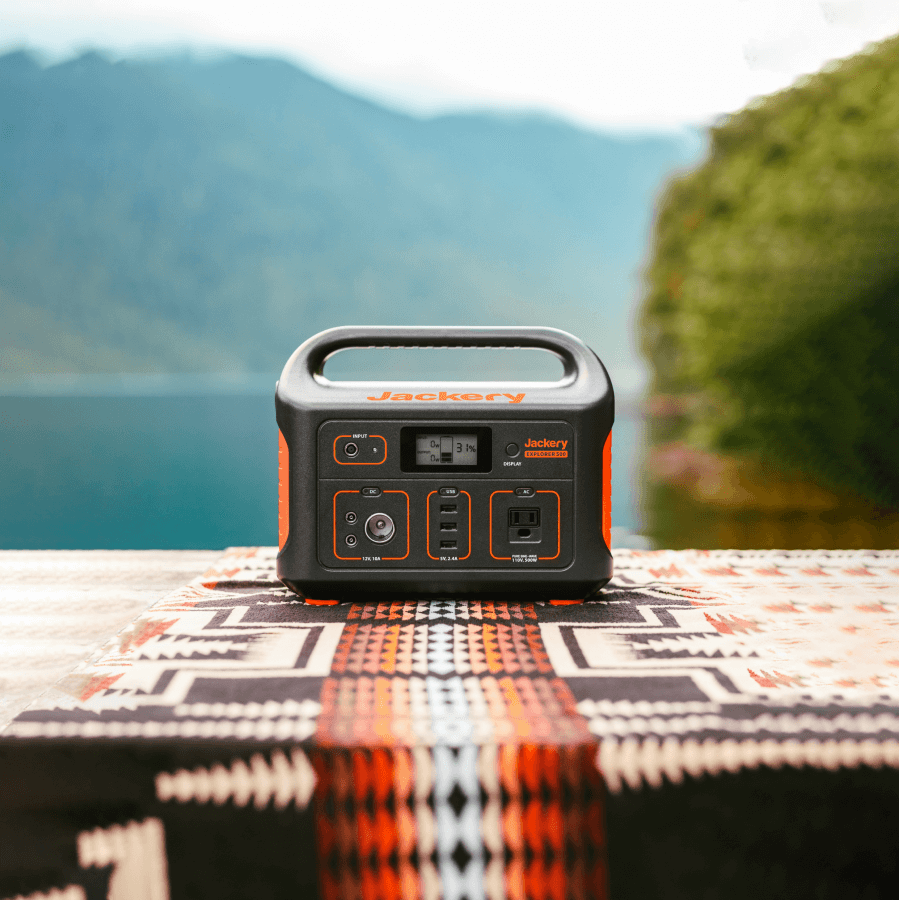
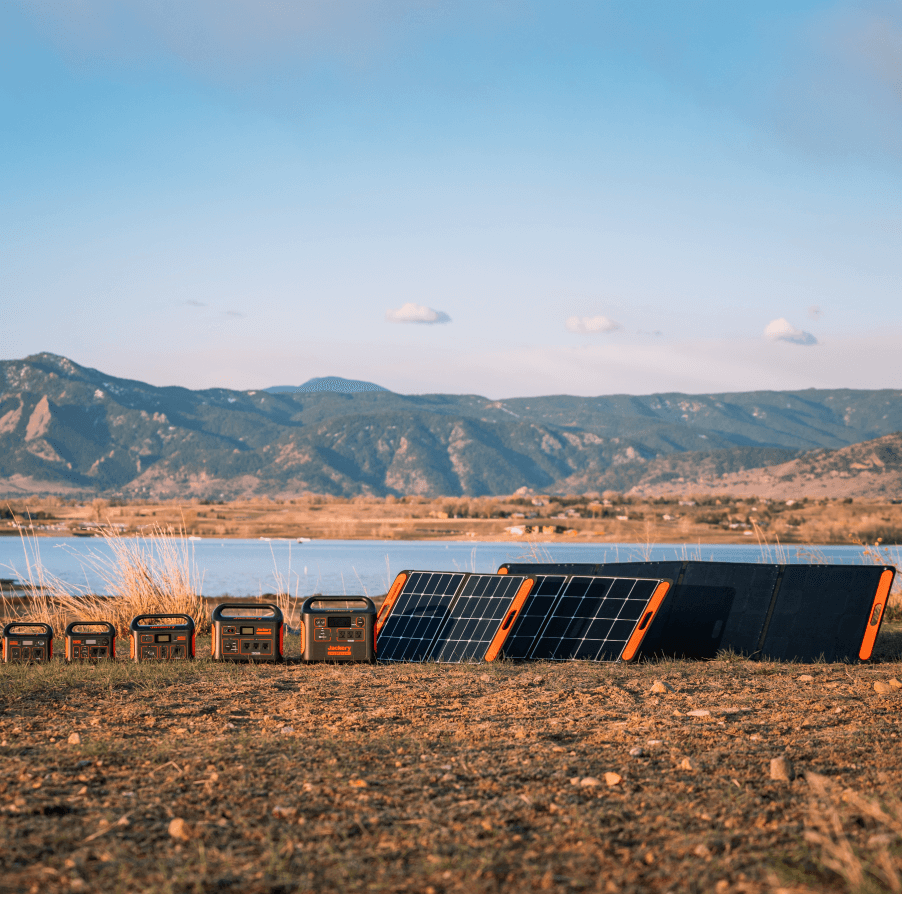

Do you have a solar package that will operate a 3/4 HP submersible pump that is 220 volt?
Leave a comment